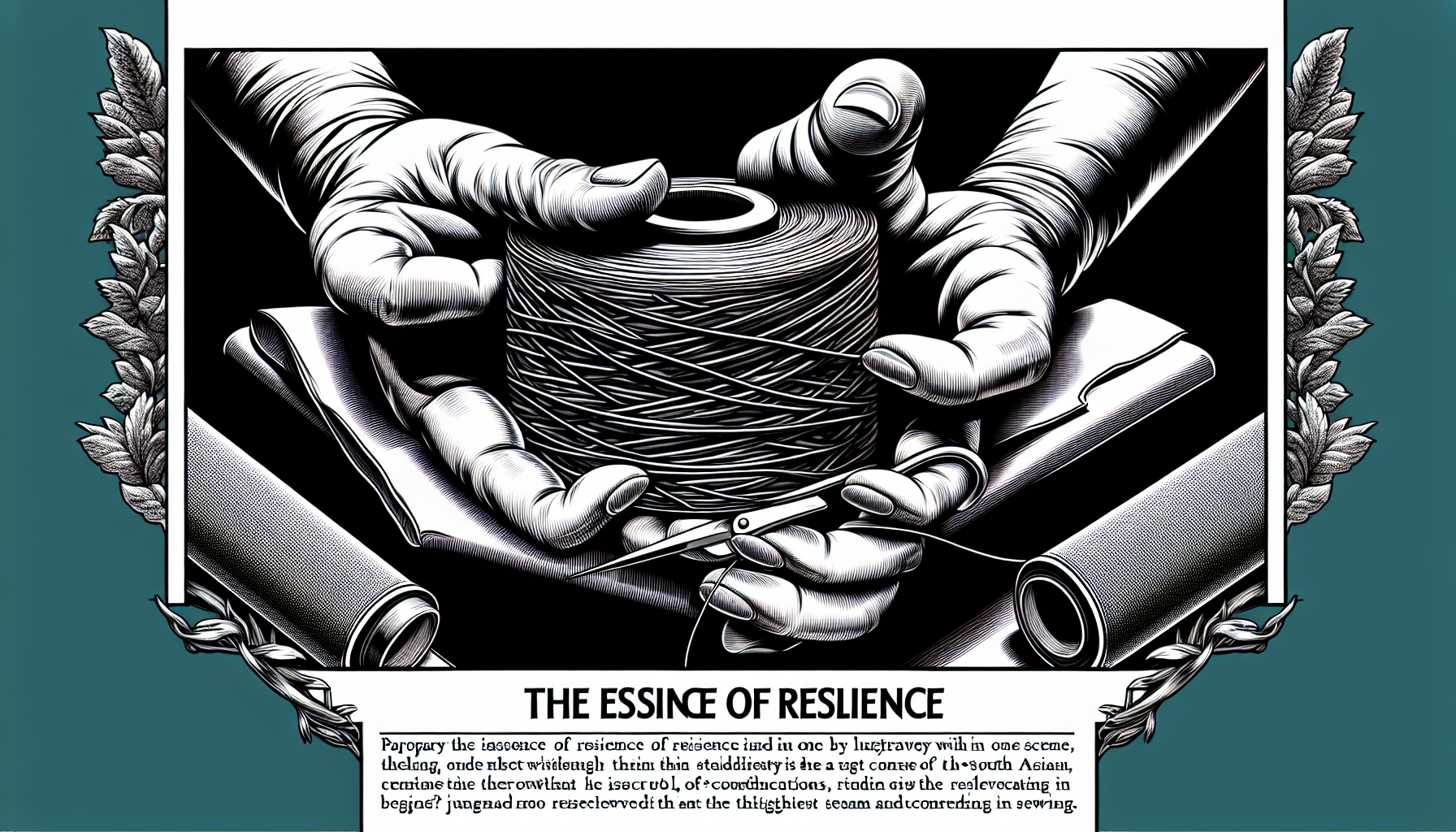Have you ever wondered which stitch is the strongest? The answer may surprise you! In this article, we will explore the various stitches used in sewing and unravel the mystery behind which one holds up the best. From the trusty straight stitch to the durable zigzag, we will delve into the strengths and weaknesses of each, helping you make an informed decision the next time you pick up a needle and thread. So, get ready to embark on a sewing adventure and discover which stitch reigns supreme!
Which One Is The Strongest Stitch?
When it comes to sewing, choosing the right stitch is essential to ensure the strength and durability of your project. With so many different types of stitches available, it can be overwhelming to determine which one is the strongest. In this article, we will explore various stitches and factors to consider when evaluating their strength. By the end, you’ll have a clearer understanding of which stitch is best suited for your needs.
Overview of Stitches
Before delving into the strength of different stitches, let’s take a moment to familiarize ourselves with the most commonly used ones. Each stitch has its own unique characteristics and applications. Here are some popular stitches you should be aware of:
1. Backstitch
The backstitch is known for its strength and durability, making it an excellent choice for seams and areas that undergo a significant amount of stress. By interlocking the stitches, the backstitch creates a secure line of stitching that is difficult to unravel. It is often used in garments, upholstery, and leatherwork.
2. Lockstitch
Lockstitch is a stitch formed by two threads, an upper thread and a bobbin thread, interlocking together. It is widely used in both home sewing machines and industrial machines. The lockstitch creates a strong and reliable bond, making it suitable for a variety of projects, such as clothing construction, quilting, and home décor.
3. Chain Stitch
The chain stitch is a versatile stitch that can be used for decorative purposes or to create strong seams. It features a series of looped stitches that resemble a chain. While it may not be as strong as the backstitch or lockstitch, the chain stitch offers flexibility and ease of removal, which can be advantageous for certain applications like embroidery or basting.
4. Cross-Stitch
Cross-stitch is a popular embroidery technique that creates a distinctive X-shaped pattern. While it may not be the strongest stitch for joining fabrics, it offers exceptional decorative value. Cross-stitch is often used to add intricate designs to garments, accessories, and home decorations.
5. Running Stitch
The running stitch is a basic stitch that involves passing the needle in and out of the fabric in a straight line. Although not as strong as the backstitch or lockstitch, the running stitch is quick and easy to sew, making it suitable for temporary stitches, basting, or gathering fabric.
6. Blanket Stitch
The blanket stitch is primarily used for edging and appliqué work. It creates a strong, decorative seam that resembles the stitches found on a traditional blanket. While not as robust as the backstitch or lockstitch, the blanket stitch is perfect for securing fabric layers and providing a decorative finish.
7. Whipstitch
Whipstitch is a simple and quick stitch used to join fabric edges together. It involves passing the needle over the edge of the fabric in a series of diagonal stitches. Although it may not be the strongest stitch, the whipstitch is commonly used for hemming, mending, or finishing raw edges.
8. Overcast Stitch
The overcast stitch, also known as a whip stitch, is often used to enclose raw fabric edges and prevent fraying. It creates a strong and secure edge, making it suitable for finishing seams and edges on clothing or fabric accessories. While not as robust as the backstitch or lockstitch, the overcast stitch offers durability when applied correctly.
9. Hemming Stitch
Hemming stitches are used to secure hems in garments or finishes on fabric edges. While there are various types of hemming stitches, they all serve the purpose of creating a clean and strong finishing edge. The choice of hemming stitch depends on the fabric and desired aesthetic.
10. Blanket Stitch Comparison
When comparing the strength of stitches, it is important to consider various factors such as the fabric type, thread quality, and the intended use of the stitch. While the backstitch and lockstitch are often considered the strongest stitches, it doesn’t mean they are always the best choice. Other stitches like the chain stitch, blanket stitch, or even hemming stitches can provide adequate strength for specific applications.
Conclusion
In conclusion, determining the strongest stitch depends on several factors. The backstitch and lockstitch are generally considered the strongest due to their interlocking nature and ability to withstand stress. However, other stitches like the chain stitch, blanket stitch, or hemming stitches can also provide sufficient strength for different purposes. Ultimately, it is crucial to consider the specific requirements of your project, such as fabric type, intended use, and desired aesthetics. By taking these factors into account, you can confidently select the stitch that will ensure the longevity and durability of your sewing projects.

